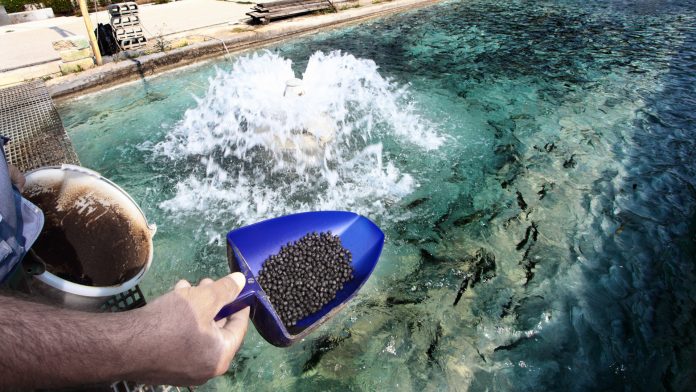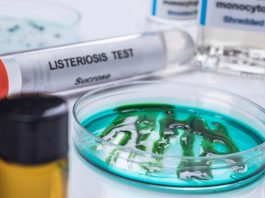According to Daniel Schar of the Free University of Brussels, Belgium, antimicrobial resistance in aquaculture is a growing cause for concern.
In a paper recently published in Scientific Reports, PhD student Schar and his team from the Free University of Brussels suggest that the use of antimicrobial drugs on fish farms will increase by 33% worldwide by 2030, highlighting an increased risk of antimicrobial resistance in aquaculture.
Overuse of antimicrobials in food animals can drive antimicrobial resistance. Schar added: “Antimicrobial resistance remains amongst our era’s defining global health challenges. We reviewed the current evidence on antimicrobial use in a rapidly growing aquaculture industry to establish a baseline for future work and to inform antimicrobial stewardship policies.”
In their paper, entitled ‘Global trends in antimicrobial use in aquaculture’, the authors estimated that the global antimicrobial consumption would increase from 10,259 tonnes in 2017 to 13,600 tonnes in 2030. The largest share of antimicrobial consumption in aquaculture occurs in the Asia-Pacific region (93.8%), with China accounting for 57.9% of worldwide consumption in 2017.
The researchers also estimated that the total worldwide terrestrial, human, and aquatic food animal antimicrobial use will reach more than 236,000 tonnes by 2030, with aquaculture accounting for 5.7% of this figure but having the highest use intensity overall.
To achieve their estimates, the team from the Free University of Brussels analysed antimicrobial use in aquaculture for six groups of farmed species by conducting a systematic review of point prevalence surveys. Using 146 species-specific rates of antimicrobial use, they then estimated antimicrobial use rates for individual countries.
Schar concluded: “Our findings indicate that for some aquaculture species groups, antimicrobial use intensity exceeds levels in terrestrial animals and humans. Our review underscores the urgent need for surveillance of antimicrobial consumption in this high-growth industry with broad links to water and ecosystem health.”









